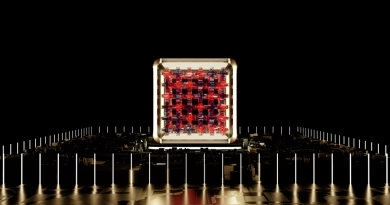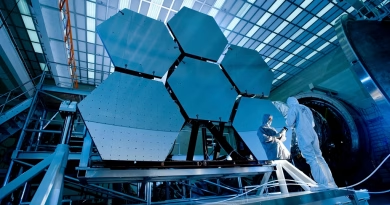Batteries of the Future: Beyond Lithium-Ion
From phones to Teslas, lithium-ion batteries have powered the past two decades. But in 2025, their limitations—safety, cost, rare materials—are steering researchers toward new frontiers in battery tech.
The next generation of batteries aims to be cheaper, safer, longer-lasting, and faster to charge. Here’s what’s beyond lithium-ion—and which breakthroughs are closer than you think.
⚡ Why Move Beyond Lithium-Ion?
Lithium-ion batteries are everywhere, but they come with trade-offs:
- 🔥 Fire risk (thermal runaway in EVs and phones)
- 💸 Expensive raw materials (like cobalt and nickel)
- 🌍 Environmental concerns (mining & recycling inefficiencies)
- 🔋 Energy limits (approaching theoretical maximum capacity)
So the battery industry isn’t just improving lithium-ion—it’s reinventing the chemistry.
🧪 1. Solid-State Batteries
What They Are:
Use a solid electrolyte instead of a flammable liquid, allowing for higher energy density, faster charging, and greater safety.
2025 Status:
- Toyota and QuantumScape are leading the push.
- Toyota plans limited EV integration by 2027.
- Lab versions can charge to 80% in 10–15 minutes.
Challenges:
Cost, scalability, and durability over many charge cycles.
Why It Matters:
Could double EV range and eliminate fire risk.
🧂 2. Sodium-Ion Batteries
What They Are:
Replace lithium with sodium—a far more abundant and cheap element.
2025 Status:
- CATL (China) launched a sodium-ion EV battery line.
- Less energy-dense than lithium, but great for grid storage and cheap EVs.
- Perform better than lithium in cold climates.
Challenges:
Lower capacity than lithium-ion—still not ideal for long-range EVs.
Why It Matters:
Scalable, affordable, and geopolitically flexible (sodium is everywhere).
🪨 3. Silicon Anodes
What They Are:
Replace traditional graphite anodes with silicon, which can store up to 10x more lithium ions.
2025 Status:
- Companies like Sila Nanotechnologies and Amprius are already shipping silicon-enhanced batteries for wearables and drones.
- First EV integrations expected by 2026–27.
Challenges:
Silicon swells during charge cycles, affecting longevity—engineers are solving it with nanostructures and composite blends.
Why It Matters:
Major performance boost with minimal changes to current battery lines.
🌡️ 4. Lithium-Sulfur Batteries
What They Are:
Use sulfur (cheap, abundant) instead of metals like cobalt or nickel.
2025 Status:
- Still in R&D phase but showing 3x energy density in lab settings.
- NASA tested lithium-sulfur tech for drones and aviation.
Challenges:
Short lifespan and cycle degradation remain issues.
Why It Matters:
Potential ultra-light batteries for aviation, satellites, and high-end EVs.
🌐 Other Emerging Concepts (Early-Stage)
| Tech | Potential Benefit | Current Status |
|---|---|---|
| Zinc-air | Ultra-cheap & safe | Experimental, low rechargeability |
| Flow batteries | Grid-scale energy storage | Commercial in renewables, not for EVs |
| Aluminum-ion | Ultra-fast charging | Lab prototypes only |
🚗 What’s Coming to Market First?
- Sodium-ion for entry-level EVs and grid storage (2025–26)
- Silicon-enhanced lithium for smartphones and wearables (already rolling out)
- Solid-state for premium EVs (late-decade)
- Lithium-sulfur and others still in pre-commercial development
🔭 Final Thought: The Battery Race Has Many Winners
There’s no single “battery of the future”—different chemistries will power different needs:
- Solid-state for premium EVs
- Sodium-ion for affordable energy storage
- Silicon for lightweight performance
- Flow & air batteries for renewable grids
In 2025, the battery industry isn’t just evolving—it’s splintering into specializations. And the biggest breakthroughs may not come from a new metal—but from combining the right ones, in the right way, at the right time.




